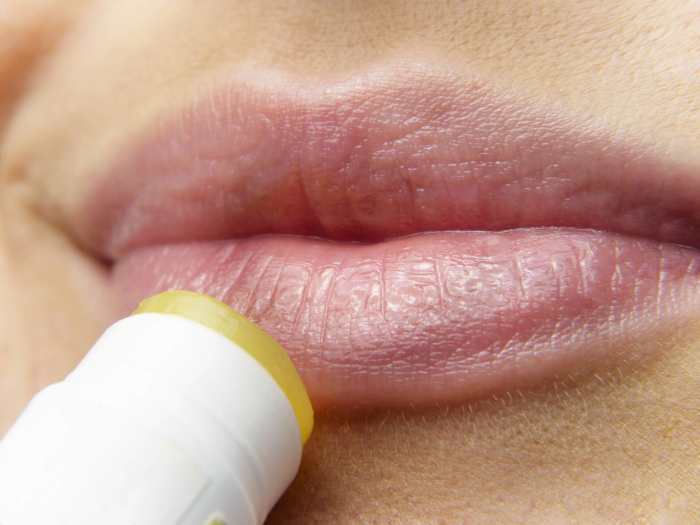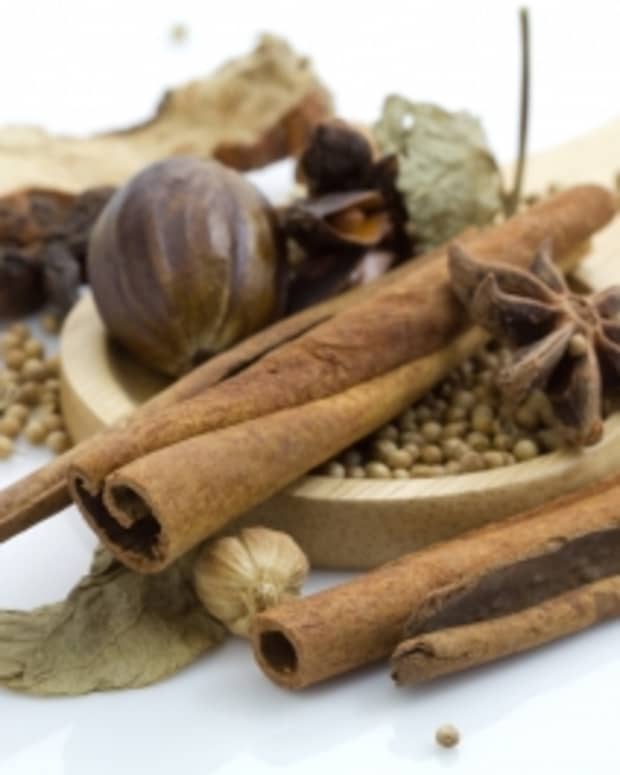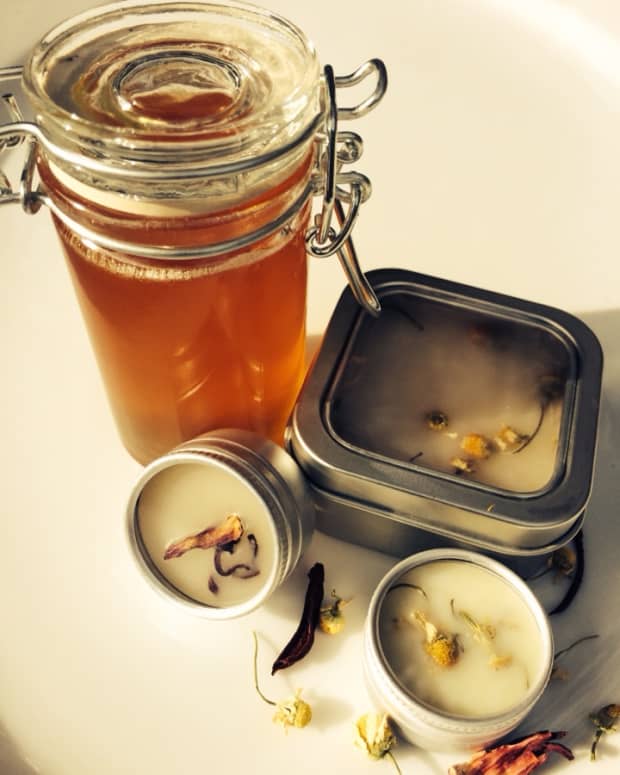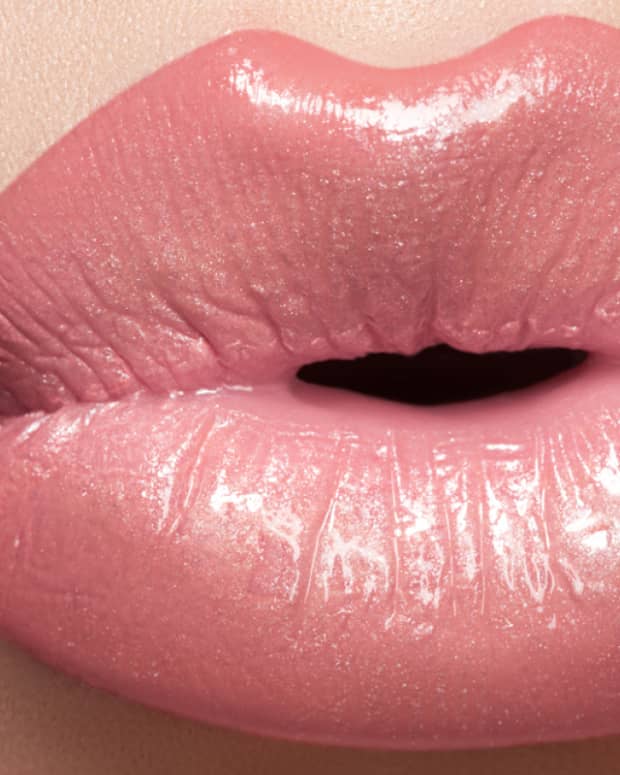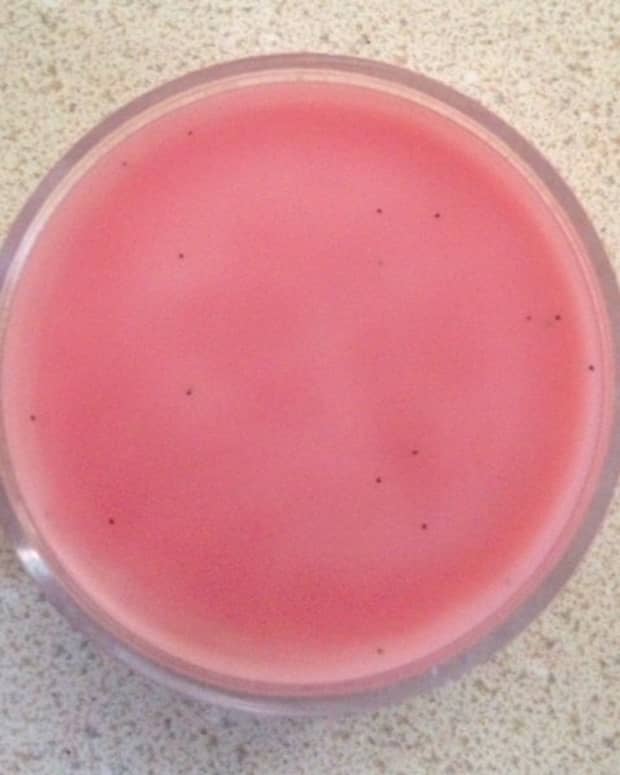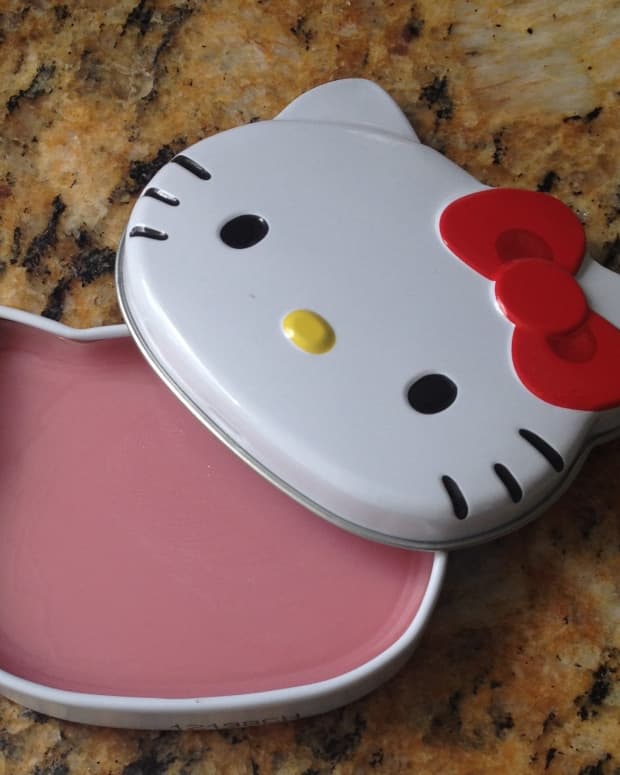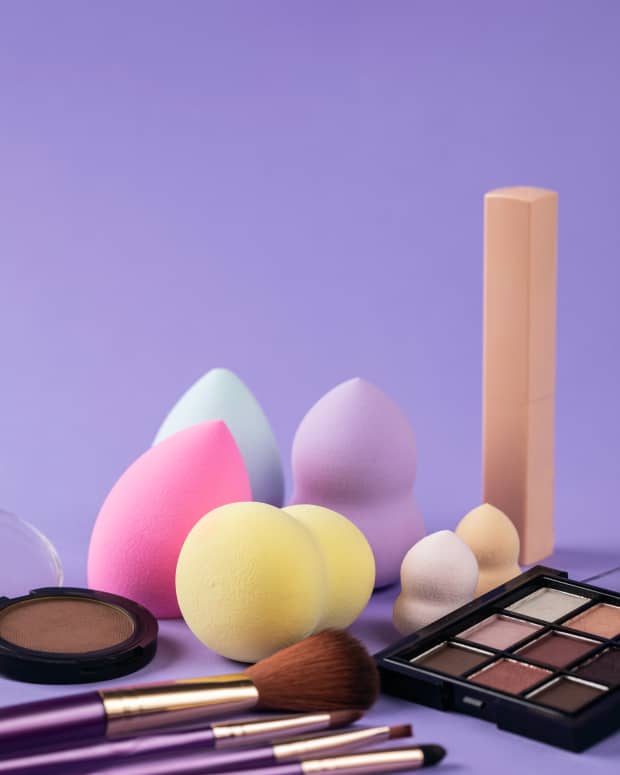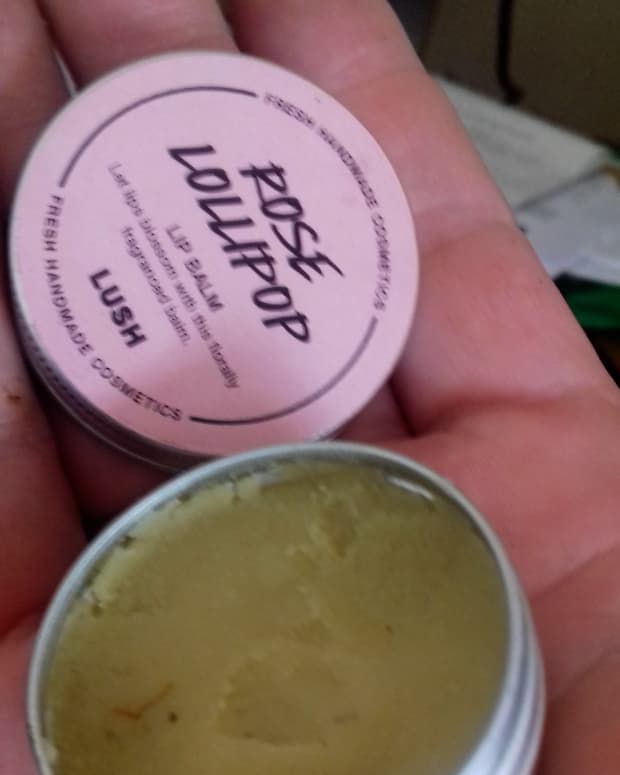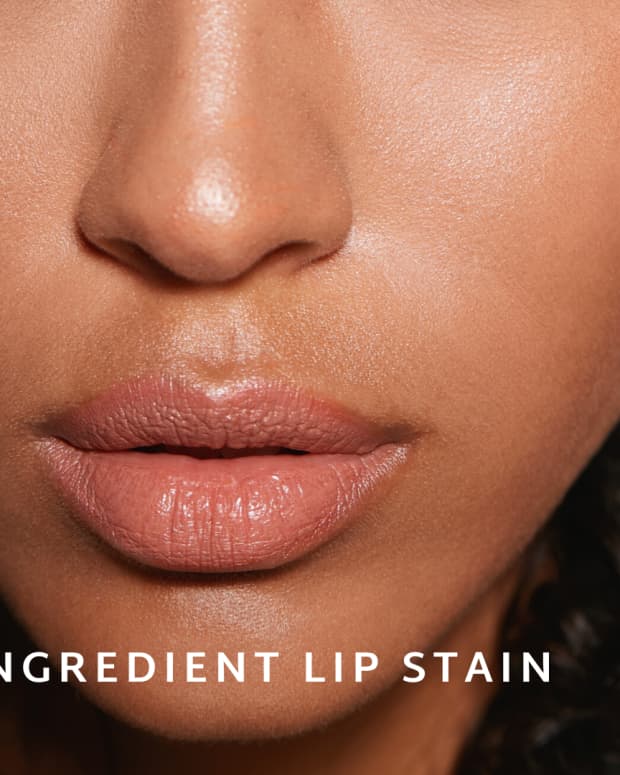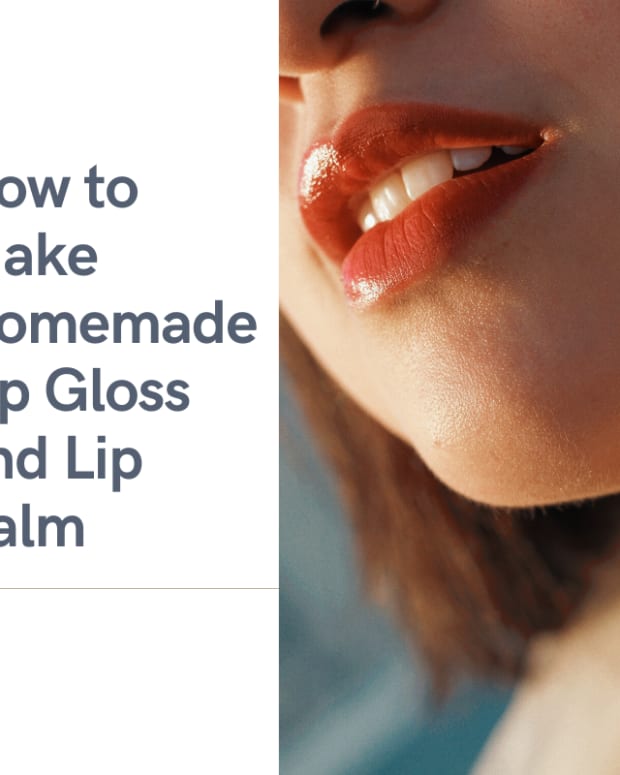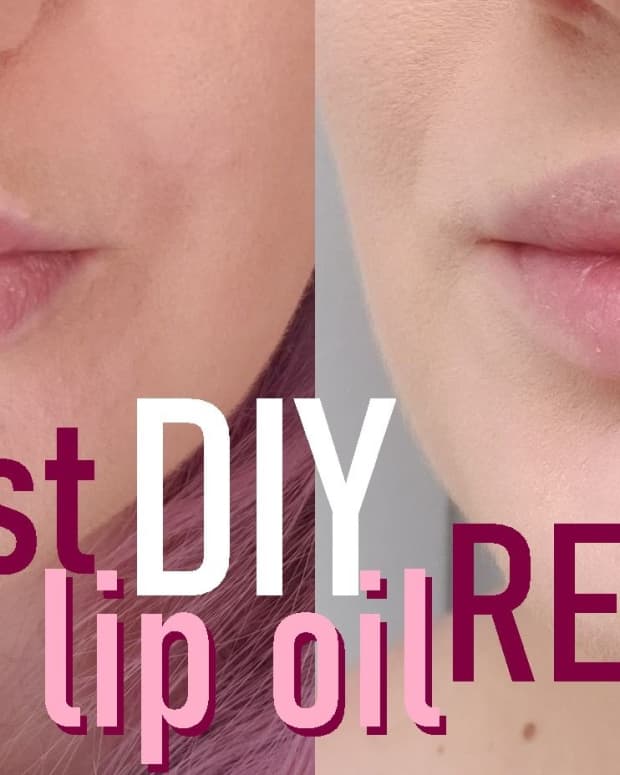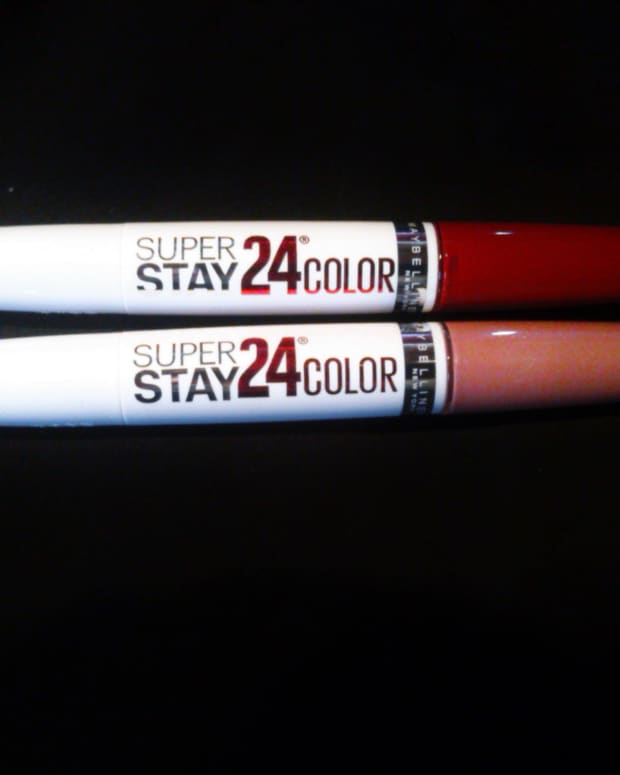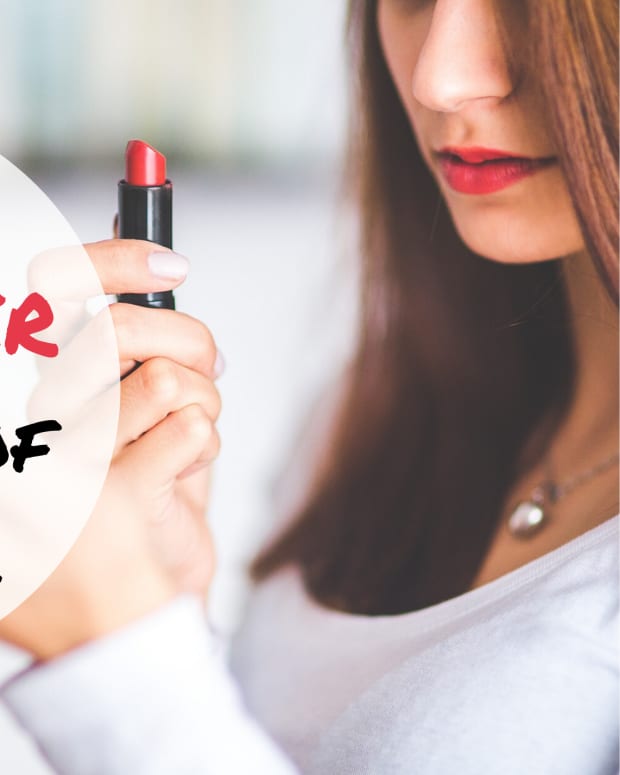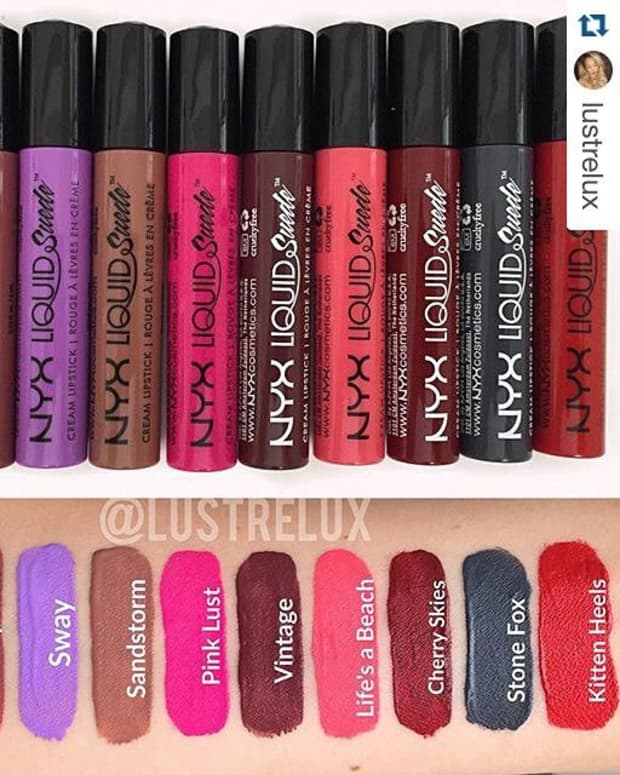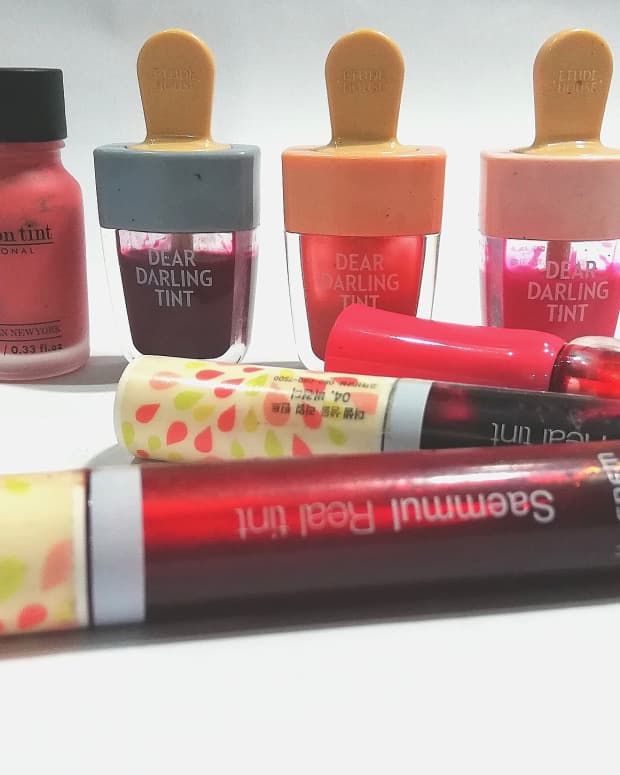Lip Balm: Everything You Need to Know From Ingredients to Pros and Cons
Amber is a web writer whose articles focus on beauty, skincare, health, and wellness!
Chapstick is everyone’s go-to remedy for chapped lips. It comes in delicious flavors that won’t bother you when you lick your lips, can fit in a pocket or purse, and can be great for your lips during those dreaded winter months that are full of dry, cold air.
Yet, there are quite a few things to know about chapstick before picking up a tube the next time you’re at the store. Not all chapstick is created equal. There are even a few downsides that can go hand in hand with using this convenient remedy for dry lips.
Chapped Lips Happen to Everyone
Chapped lips seem to be a part of life. This could be because we drink less water during certain seasons because it’s not as hot. The air itself is unbelievably dry, which makes you more prone to getting dry skin everywhere, including on your lips.
Even though chapped lips are common, it doesn’t mean that you have to suffer for months on end. Lip balms, chapsticks, Carmax, lip scrubs, and other wonderful lip care products are readily available to keep your lips kissably smooth all year long. It’s important to make sure that you’re informed about these products so that you can pick one that will help you instead of making the situation worse.
What is Lip Balm?
These are small cosmetic tubes that are similar to lipstick. They are supposed to prevent chapped lips. Most companies have their own special formula. This means that some products might provide additional benefits, like nourishing your lips, providing protection from the sun, and preventing chapped lips.
The Most Common Lip Balm Ingredients
Because every company formulates its own lip balm, they all have their own ingredients. For example, some will contain beeswax as a base while others will consist more of petroleum. However, there are some ingredients that are seen more often than others. Learn more about the ingredients used in lip balms to make sure that you’re picking one up that is right for you and your chapped lips.
Beeswax
Beeswax is used to help coat the lips, which therefore reduces the chance that you’re going to suffer from dry, chapped lips due to the cold air. If the weather can’t reach your lips, it can’t hurt them!
On the downside, when beeswax is made by bees, it also contains something called propolis, something that bees use in their hives. Over one-tenth of people tested developed contact dermatitis due to this. If you are allergic to honey or have ever had a problem with contact dermatitis, pay attention to whether this ingredient is listed. It can cause peeling lips.
Fragrance
Fragrance is an umbrella term that companies use on the ingredients list. It can be used as a substitute for anything that makes the product smell good. Fragrance could mean one essential oil or several known carcinogens that you would never go near if you knew they were going to go on your lips. Because this is how companies make their products smell delicious is considered a trade secret, they’re not required to tell consumers what’s in them. Instead, they must simply label it as “fragrance.” Avoid this. You have no idea what they are using as a fragrance if this is the only word used on the ingredients list.
Coconut Oil
Coconut oil is making a huge comeback in lip products compared to where it was in recent years. This is because more of us are opting for natural products. It’s also because so many consumers already know the plethora of benefits that go hand in hand with coconut oil.
Toxic Ingredients
Some lip balms are loaded with toxic ingredients. This blogger did a wonderful article detailing all of the ingredients in Chapstick brand products. There are some that can cause contact dermatitis but aren’t otherwise concerning, like Vitamin E oil. There are others that will make you double-check the ingredient list before picking up some Chapstick.
Read More From Bellatory
Types Of Lip Balm
Personally, even though I am well aware of the toxic ingredients in Chapstick, I still have a tube. If it’s cold and my lips are dry, it’s right there in my purse. I have yet to have any adverse reactions to it, so I’m okay with the occasional use when I’m not wearing makeup. If you’re planning on picking up a tube of lip balm, it’s important to understand the different types of this product on the market so you have one that meets your needs.
Flavored Lip Balm
Flavored lip balm is widely popular, especially among children and teens. If you lick your lips a lot, you’ll appreciate flavored lip balm that tastes delicious! There are products available in every flavor imaginable, from candy, like Skittles, to Coca Cola. (My youngest daughter loves candy flavored lip balm!) Most flavored lip balm also comes with other benefits, such as having coconut oil or an SPF included.
Tinted Lip Balm
Tinted lip balm is usually available in a variation of pink to give your lips a touch of color while still protecting them from the elements. If you’re a bit irritated that you can’t wear your favorite lipstick because of your chapped lips, tinted products provide a nice compromise.
Lip Balm With SPF
Lip products with SPF are designed to protect your lips from being chapped and the harmful rays of the sun. The rays of the sun can damage your lips, making them more dry and prone to damage from the elements than they already are. Products with SPF are usually available as flavored or tinted lip balm, too.
Coconut Lip Balm
This is any lip balm that includes coconut oil. This is the most hydrating lip balm that I have ever used. In fact, I use coconut oil on my kids in place of lip products when they’re at home. It will keep your lips from becoming dry, and it’s available in a convenient tube that is perfect for keeping in your purse.
Pros and Cons Of Using Chapstick
Chapstick is one of the most popular items sold during winter, particularly if you live in a state that is known for having harsh winters. While it may be convenient, it does come with a few different pros and cons that you’ll need to keep in mind before picking up a tube the next time you’re at the store.
Pros
Convenient
No one can ever claim that Chapstick is inconvenient. It’s available in small tubes that fit perfectly everywhere, from in the car to in a guy’s pocket. It’s also readily available. Most stores have a Chapstick display by the register for those long, cold months.
Affordable
Chapstick is also one of the most affordable options. You can pick up a tube for a dollar. Some versions may be a bit more expensive, such as the flavored varieties, but that doesn’t mean that all chapstick is expensive. In fact, it’s more affordable than any other remedy.
Cons
Chapstick Can Make Your Dry Lips Worse
While Chapstick may provide temporary relief, that relief might come at a cost. Chapstick works by putting a thin layer of moisture on the top of your lips. As this thin layer dissolves, you will find that your lips are still dry. This is because it does nothing to help your lips heal. As it evaporates, it makes your lips drier.
Toxic Ingredients
The toxic ingredients that can be found in Chapstick are one of the main reasons that people are tossing the tubes in the trash and opting for natural remedies instead. Remember, if it says fragrance on the label, you have no idea what is in that little tube.
So, Should You Use Lip Balm?
There is no harm in using Chapstick on occasion. It should be used to protect your lips during winter weather or from the sun, not as a solution to dry lips. When using Chapstick, make sure to use it sparingly.
When you need something daily for dehydrated, chapped lips, consider an all natural home remedy like coconut oil. A proper lip care routine is also essential to keeping your lips as smooth as satin.
This content is accurate and true to the best of the author’s knowledge and is not meant to substitute for formal and individualized advice from a qualified professional.
© 2020 Amber Lynn

